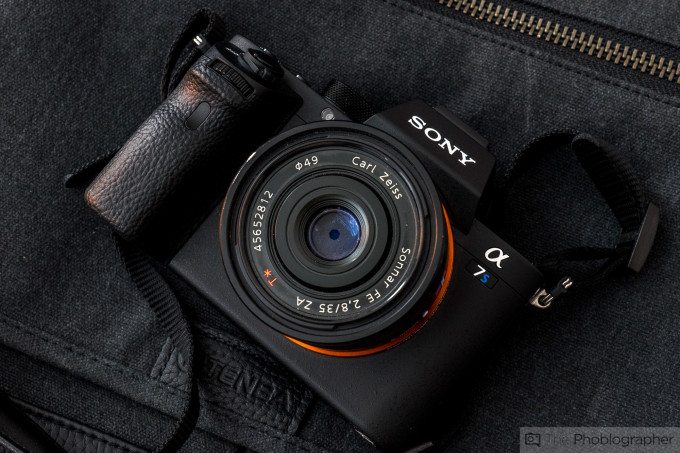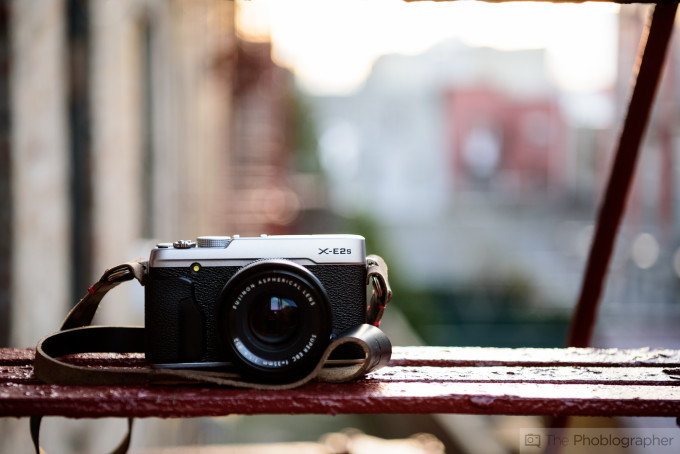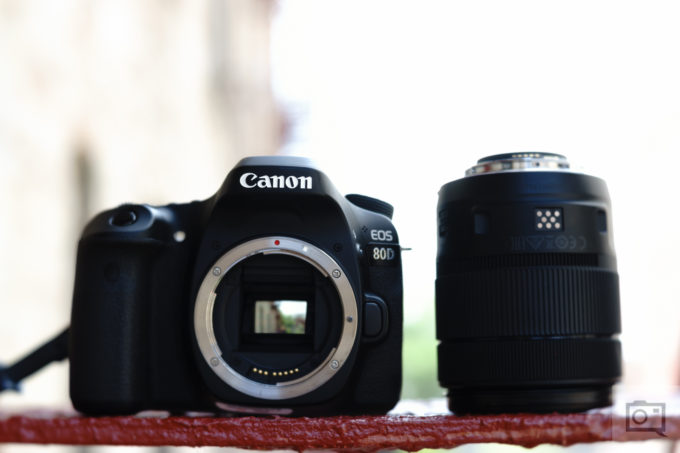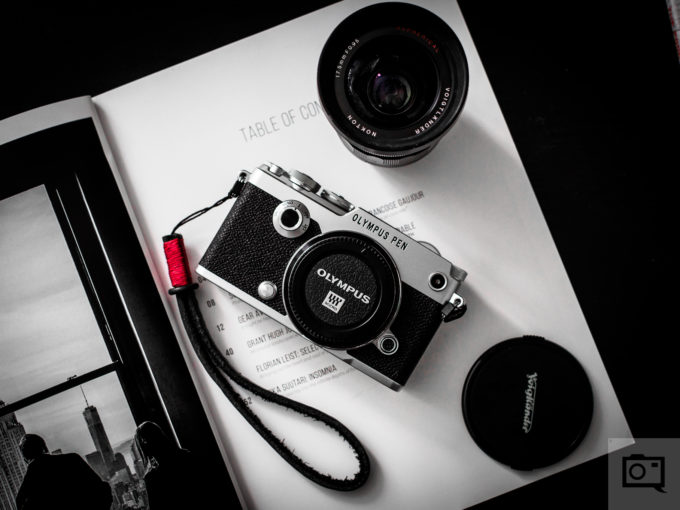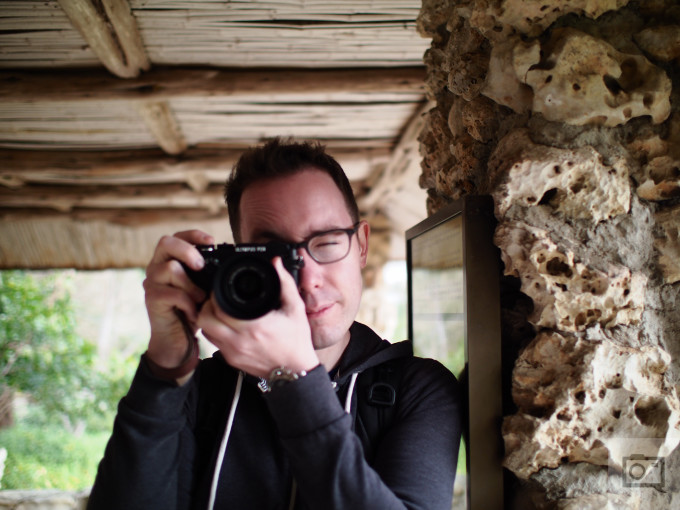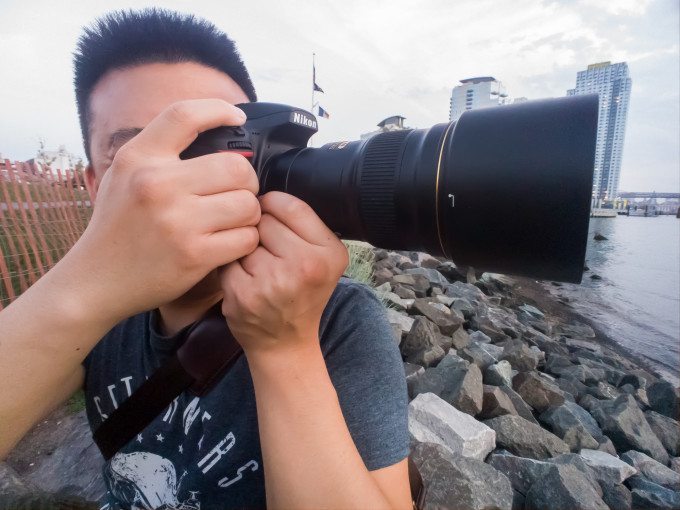Last Updated on 06/07/2016 by Chris Gampat
Ever hear of the reciprocal rule of shutter speeds? It’s a fundamental lesson that I genuinely don’t think enough photographers know but can prevent the effects of that fourth cup of coffee from Starbucks camera shake to an extent.
Sure, image stabilization on a sensor or in a lens can do similar, but all that they’ll end up doing is helping you out a bit. If you follow this rule and combine it with good methods of holding your camera and shooting, then you’ll get better photos with less visual effects from camera shake.
Part of this idea is illustrated in this video below.
Now let’s take this even further and really demonstrate it to you. The reciprocal rule of shutters speeds states that
In order to achieve sharp images devoid of camera shake when shooting handheld, your minimum shutter speed should be the reciprocal of your field of view.
So what does that mean? Well to start off, a reciprocal is your focal length under the number 1. To make this simple we’re going to imagine that a number of cameras with different sensors all have a proper 50mm focal length lens attached. That means:
35mm full frame: 50mm = 1/50th of a second.
APS-C (Nikon, Sony, Pentax, Fujifilm): 50mm x 1.5 for crop factor = 1/75th of a second. If your camera doesn’t have this, then round up to the highest number.
APS-C Canon: 50mm x 1.6 = 1/80th of a second.
Four Thirds: 50mm x 2 = 1/100th of a second. If your camera doesn’t have this, then round up to the highest number.
So how does image stabilization play into this? It will correct for a number of stops of light, which means you can shoot at a slower shutter speed but it doesn’t always mean that you should. Additionally, it also still means that you need to hold your camera correctly.
See how Chris tucks his elbows into his body and keeps them tightly in? That’s how you gain stability.
In contrast, this isn’t the most stable way because his elbow is out. If you know you’re capable of getting this shot anyway though the way that Kevin totally is, then use what’s best for you in that situation.



